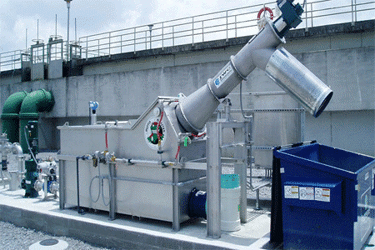Protecting Wastewater Treatment Equipment And Improving The Bottom Line With Septage Receiving Stations

Septage is one of the more challenging waste streams to process and treat. Collected by septage haulers and trucked to wastewater treatment facilities equipped to handle this waste, septage is much more concentrated compared to municipal wastewater and can include high amounts of grit, rocks, hair, rags, and other troublesome debris. Without adequate treatment, these substances can clog pumps and pipes, or even worse, damage wastewater treatment plant equipment, resulting in unplanned maintenance and plant downtime.
In this article, read about an automated system that efficiently processes septage waste, removing troublesome materials and protecting wastewater treatment plant equipment. It quickly screens and separates solids, ensuring clean handling and preventing clogs and damage. The system offers revenue-generating opportunities for septic pumping operators, allowing them to provide reliable waste disposal services to municipalities without additional investments. Larger treatment plants benefit from reduced maintenance costs, accurate billing through a flow meter, and an automated self-serve process. Smaller plants can generate substantial revenue without adding extra labor.
Get unlimited access to:
Enter your credentials below to log in. Not yet a member of Water Online? Subscribe today.
